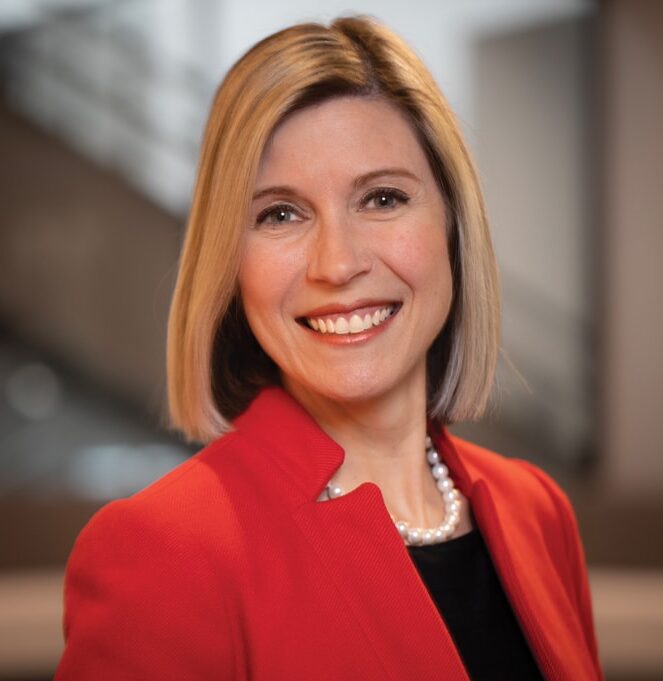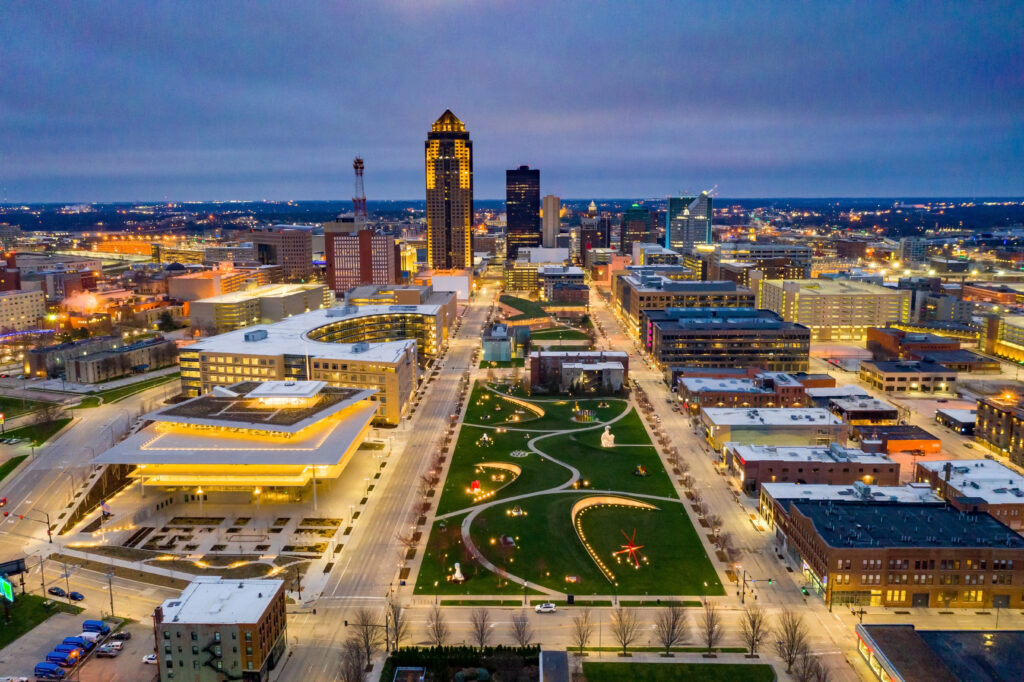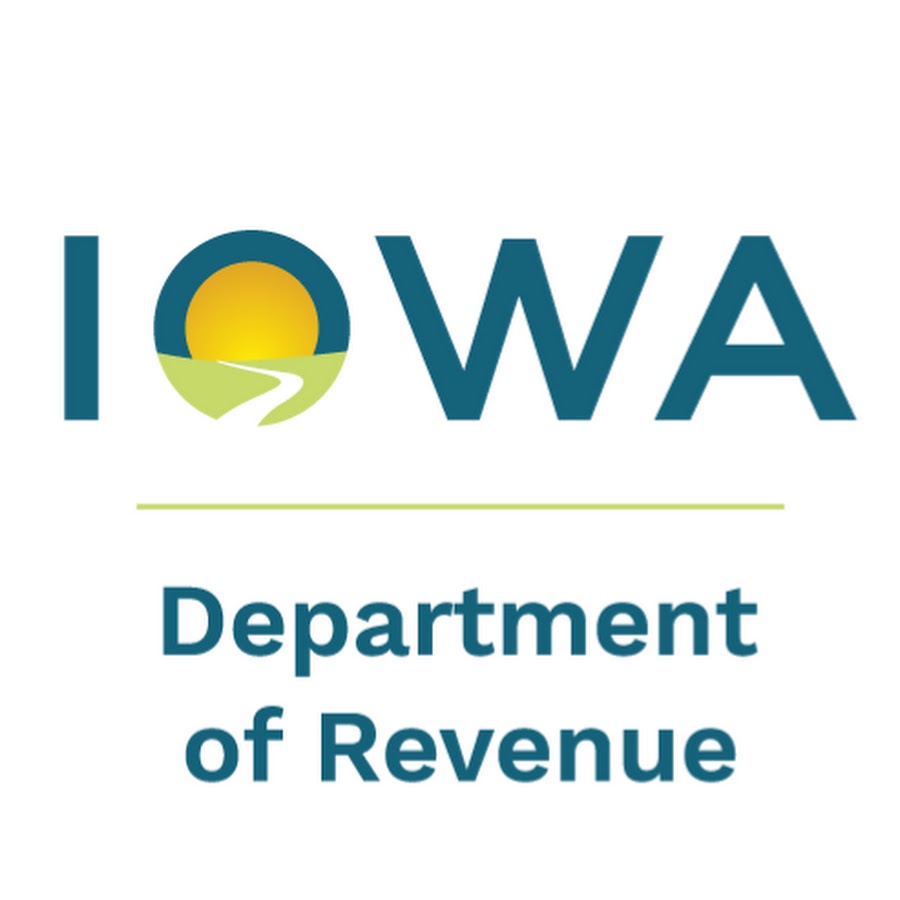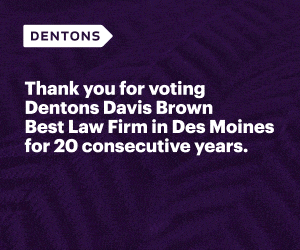Capital Crossroads: Cultural Capital
Top tasks include building cohesive regional arts scene, growing funds

What is Capital Crossroads:
Capital Crossroads is a regional planning effort headed up by leaders in Greater Des Moines and surrounding communities.
What is Cultural Capital:
The Cultural Capital section of the Capital Crossroads long-term plan looks at improving Des Moines’ cultural community through consistent and aggressive funding, and building a more cohesive regional arts scene to further the role the arts play in enriching quality of life and attracting talent to the area.
The Des Moines area already has a broad and rich arts scene, which is why the co-chairs of the Cultural Capital section of the Capital Crossroads plan say that right now, their main goal is to create a better funded and more cohesive regional arts organization.
“There’s an incredible awareness of how the Cultural Capital fits into the overall quality of life,” said co-chair Mary Cownie. “It’s important when you talk about any vision to not just have the arts be the icing on the cake. It has to be part of the plan, and too often it’s an afterthought.”
Cownie said she and co-chair Brian Laurenzo reached out to MD Isley of Bravo Greater Des Moines; Richard Early, executive director of the Des Moines Symphony; Jeff Chelesvig, CEO of the Civic Center of Greater Des Moines; and Zach Mannheimer, executive director of the Des Moines Social Club, to be part of the conversation.
The group also met with others interested in working on the cultural side of the Capital Crossroads plan in late October. Cownie and Laurenzo were excited to see a diverse, eager group of people attend the meeting. However, Laurenzo said one of the biggest challenges the committee faces is getting everyone on the same page.
“Everyone has different opinions on what’s most important that they have to set aside,” he said. “If everyone comes in with their own personal agenda, we won’t get anywhere.”
The Cultural Capital is focusing on three main elements: developing a bigger capacity and better coordination between programs, improving infrastructure and events, and community building.
Projects outlined in the plan range from developing a regional music economy and building a midsized performance stage to creating and promoting arts districts and increasing financial resources to support the arts economy.
However, many of the group’s tasks will take time and money, and both co-chairs agree that they can’t get ahead of themselves.
“It would be premature to assign a priority for projects that specific, like a regional music economy and a midsize venue,” Laurenzo said. “We have to focus on the regional big picture first.”
“Everyone is so excited and just wants to get after it, but a lot of these things take time,” Cownie said.
So during the October meeting, the committee sat down and determined what should be tackled first. Among the top priorities on the to-do list is securing funds to sustain and grow the arts community.
“We all recognize that arts and cultural is a critical component, and we can’t be a world-class community without a commitment to the arts,” Laurenzo said. “So going forward, we’re going to focus on growing the pot to ensure that we continue to have the arts and culture needed to drive the economy.”
Another priority is to develop a more centralized and coordinated marketing strategy that will promote the different organizations and boost attendance. Cownie said Des Moines and surrounding areas such as Ames and West Des Moines offer so much, but it’s very fragmented.
“We have to have a more cohesive message,” Cownie said.
Luckily, the Cultural Capital can leverage many resources – like Bravo Greater Des Moines and the Civic Center – to accomplish the tasks at hand.
“Merging those strengths will be so important and makes the potential for success so much greater, because we have such well-established programs and facilities,” Laurenzo said.
But even with all of the resources laid before the committee, Laurenzo acknowledged that they still have obstacles ahead. The biggest is getting regional leaders to recognize that arts and culture are just as critical as other projects, such as improving education and attracting new businesses.
“There’s a lot of competing initiatives,” he said. “It’s doable, but it’s challenging.”
The breakdown
The Cultural Capital section of the Capital Crossroads final plan document lays out three sections. Here’s a look at the subsections and what the capital co-chairs find to be the most important issues heading into the implementation process.
Capacity and coordination
• In the early stages of the plan, the co-chairs agree that this section is the most important to work on in order to get other projects under way. Increasing funding and having a more cohesive Des Moines arts scene can further the role the arts play in enriching Greater Des Moines’ quality of life and retaining or attracting talent to the area.
• Co-chair Mary Cownie said it’s important to find a sustainable mechanism to fund the arts. “We typically have to ensure our own relevancy in the public and private sector,” she said. “People often say, ‘It’s been a tough year; we’ll cut our arts and culture from our philanthropic giving.’”
• Another top priority for the co-chairs is to develop more centralized and coordinated marketing promotion and attendance-building strategies. The co-chairs said in order to be successful, they have to take a regional approach. “We want people to continue to better themselves, but we also have to make sure we do what’s best for the region. It isn’t just Des Moines, and it isn’t just downtown,” Cownie said.
Infrastructure and events
• This section of the plan outlines the most specific projects. The plan states that Greater Des Moines has more in the way of “arts, culture and music resources than its size would indicate. However, to reach a ‘critical mass’ that will position the region more competitively with larger ‘talent magnet’ regions, more arts infrastructure and programming must be developed.”
• Those projects include increasing space for performances and education at existing facilities such as the Civic Center of Greater Des Moines and the Des Moines Art Center.
• The plan also suggests that Des Moines develop arts districts to market galleries and studios as well as attract artists. Co-chair Brian Laurenzo said before these districts can be created, they must be defined. “Is it one street or is it spread throughout Des Moines?” he said. “It’s a great way of connecting the community to the arts. It can be anything related to arts and culture; art galleries or studios, sculpture, venues, theaters, it’s not limited.”
• The plan also suggests building a midsized venue to fill the void between the large arenas and the smaller clubs and theaters. However, Laurenzo said this probably won’t be tackled anytime soon. “It would be premature to assign a priority for projects that specific,” he said.
Community building
• The plan and the co-chairs point out that the arts can improve the quality of life, bring people together and attract new residents to Greater Des Moines.
• Cownie said the committee prioritized the goal of advancing the mindset that the arts are a critical component of a community’s fabric. “Why is someone going to live down here or come to work down here? We have to have all of the offerings,” she said. “It impacts such a cross section of the community. Even if it’s not always something tangible like a job or schools or health care.”
• Additionally, the plan states that because Greater Des Moines has such a large and diverse arts and culture capacity for its size, it can be difficult for residents and visitors to experience all of the region’s resources. “Maximizing the impact of Greater Des Moines’ arts economy would have great benefit across a number of strategic ‘capitals,’” the plan says.
• Leveraging the arts through specific programming and possibly developing an arts incubator could bring together different communities to discuss and debate.










